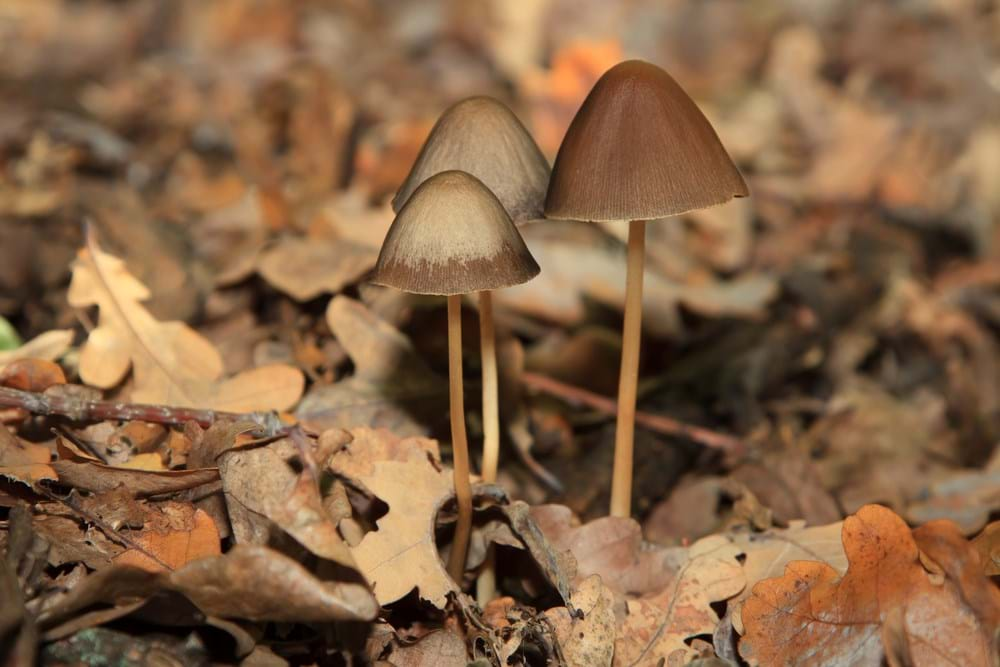Whilst the hallucinogenic effect of Psilocybe mushrooms has been known for a long time, the contributing genes and biocatalysts involved in making its active ingredient have remained enigmatic. This enzymatic pathway has become of particular interest of late, as attention has been drawn to potential therapeutical uses of psilocybin.
Although there have been no large-scale clinical trials, several small investigations have demonstrated its promise as a treatment for addiction, depression and anxiety – particularly amongst cancer sufferers – and the symptoms of obsessive compulsive disorder (OCD).
The group of German scientists, led by pharmaceutical microbiologist Dirk Hoffmeister, identified and characterised four enzymes used in biosynthesis of the compound.
According to Chemical & Engineering News, this was achieved by sequencing the genomes of two mushroom species before using engineered bacteria and fungi to confirm gene activity and the number of synthetic steps involved.
The four enzymes included a new class of fungal l-tryptophan decarboxylases, an enzyme that catalyses a phosphotransfer step, a methyl transferase to catalyse iterative N-methyltransfer as the terminal biosynthetic step, and a monooxygenase.
The authors were then able to synthesise psilocybin from 4-hydroxy-l-tryptophan in a one-pot reaction combining the first three enzymes.
Medicinal chemists have praised the work.
“The new work lays the foundation for developing a fermentation process for production of this powerful psychedelic fungal drug, which has a fascinating history and pharmacology,” Courtney Aldrich of the University of Minnesota told Chemical & Engineering News.
Angewandte Chemie: http://doi.org/gbp6hh





